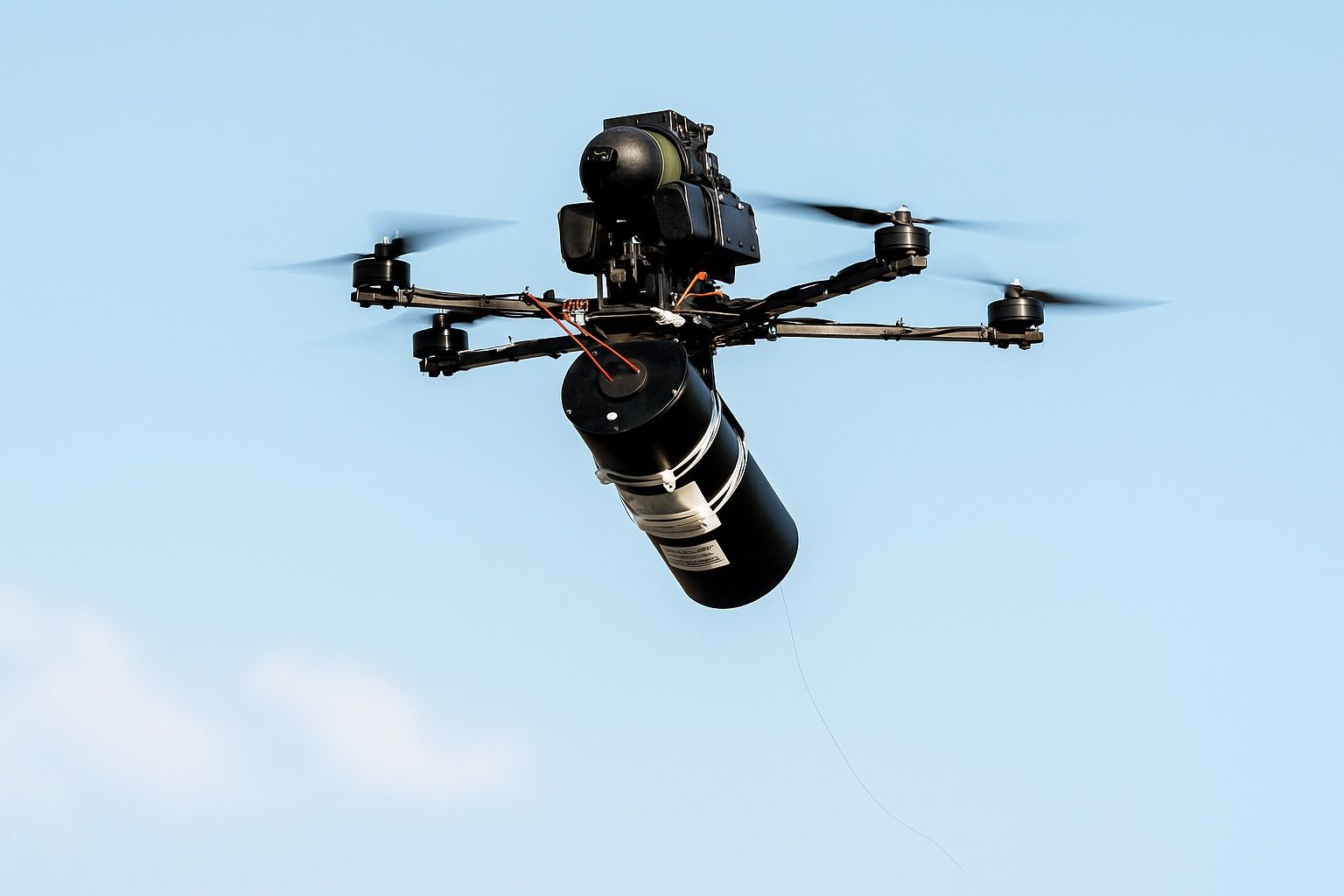
Monaco’s 2025 Internet Revolution: 10 Gbps Fiber, 5G Everywhere – and Even SpaceX Starlink
Monaco reached 100% fiber-optic broadband coverage in 2023, with copper DSL retired at the end of 2023 under the Extended Monaco program. Monaco Telecom is the sole major fixed broadband provider, with the state owning 45% and NJJ Holding owning


